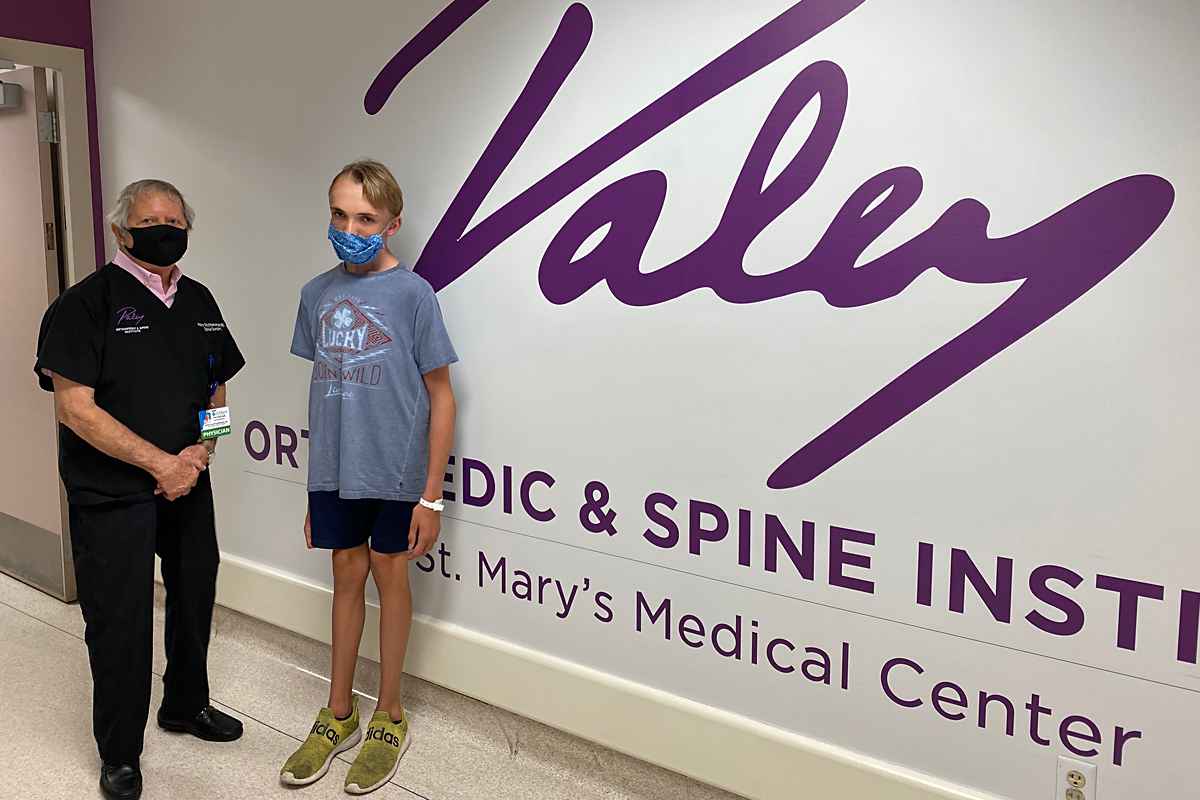A spinal fusion procedure is an in-patient surgery where two spinal vertebrae are fused together in order to correct a spinal deformity, reduce pain, or promote stability.
Here we will discuss the basic information regarding the need for this procedure, how it’s done, risks and complications, and what to expect after the surgery.
Candidates for Spinal Fusion Procedure
When standard treatments or therapies have been unsuccessful in reducing or eliminating pain, spinal fusion surgery may be the best solution. Deciding to move forward with surgery, due to pain and limited mobility, is of course a serious decision and should be discussed with your doctor. The following reasons are some of the most common for electing to have spinal fusion surgery:
- Spinal deformities – this includes scoliosis where the spine curves to one side and kyphosis where there is an abnormal rounding of the upper spine
- Spinal fractures – due to trauma or injury
- Spinal weakness – usually due to tumors, spinal infection or severe arthritis of the spine
- Spinal stenosis – a narrowing of the spinal canal
- Degenerative disc disease – the space between spinal discs narrows, causing pain
- Spondylolisthesis – when spinal discs shift forward, causing vertebrae to rub together
Spinal Fusion Procedure Explained
Your surgeon may use one of several different techniques to perform a spinal fusion procedure, depending on the reason for surgery, the surgery site, as well as your general health and anatomy. While under general anesthesia, spinal fusion is an in-patient procedure and typically includes the following:
- If a bone graft is being used from your own body, your surgeon will make a small incision (usually around the pelvis) to retrieve a small portion of bone. Sometimes a bone graft from a donor is used, or even a synthetic material, in which case this initial incision is unnecessary.
- After the bone graft is ready to be inserted, a small incision is made in the location of the spinal fusion.
- The bone graft is then inserted between the two vertebrae that are being fused together. Small screws, plates, and rods are used to secure the bone graft in place while it heals.
- The incision is then closed, and usually, your stay in the hospital will last 3 to 4 days in order for your surgeon to monitor your recovery.
Expectations After a Spinal Fusion Procedure
After several days in the hospital, (depending on your recovery and healing progress), you may wear a brace for some time to keep the alignment of your spine in the right position. You may also undergo physical therapy in order to regain strength and flexibility. During this time, your activities may be limited until the bone graft has healed properly (typically this takes about 6 weeks), and full recovery from the surgery will take anywhere from 3 to 6 months.
If spinal fusion surgery is right for you, you can expect to live a better quality of life with less pain, greater mobility, and overall, more comfort.


